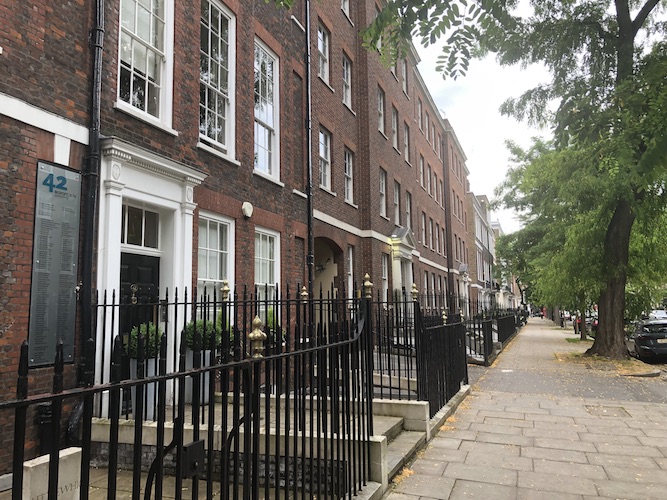The 2024 Conservative Manifesto, like the RMS Titanic’s Spring 1913 entertainment programme, should probably be seen as “aspirational” at best. There’s an insouciance in the way it raises the quota for annual housing delivery in England to 320,000 from the 300,000 promised in 2019 – a target that has been undershot by at least 50,000 in each of the past five years – which suggests they are not really engaged.
The manifesto is not all bad. There are glimmers of light in the housing section. Leasehold reform and the abolition of Section 21 evictions are good ideas, just as they were in 2019, though the fact that the pledges need to be repeated does not reflect well on the government’s record in office.
The manifesto also proposes temporary Capital Gains Tax relief for landlords who sell to their tenants – a good incentive for those who want to quit the sector, though some mechanism for sharing the benefit with tenants would help bridge the huge deposit gap that renters face, in London above all.
The document’s references to London are sparse and generally weird. They largely focus on attacking Sadiq Khan (recently re-elected with an increased majority) and his deputies: Night Czar Amy Lamé is held culpable for the closure of 3,000 pubs bars and nightclubs since March 2020, as if nothing else of note has happened since then.
But on housing the manifesto’s grasp of reality becomes shakier still. To achieve its super-Stakhanovite target for housebuilding, it promises “gentle densification” of urban areas – apart from inner London, where densities will be raised to “those of European cities like Paris and Barcelona”.
I’m a big fan of density, and of Paris and of Barcelona, but this is loopy. Comparative density is tricky to measure, but a rough read-across is possible using Tom Forth’s Circle Populations website, which calculates populations around particular points. The 5km radius around London’s centre, traditionally the statue of King Charles I at Charing Cross, has around 1.1 million residents.
The equivalent area in Paris, drawn from outside Notre Dame, has around 2.1 million. Barcelona is harder to compare because of its position on a strip between mountains and sea, but scaling up a 3km-radius circle around Eixample, which includes most of the city centre, yields a population of around 2.4 million.
The idea of doubling the number of people living in central London within five years seems even more of a stretch than the national housing target, and the manifesto contains no clues about how this would be achieved.
The population of the capital’s Central Activities Zone (an area slightly smaller than a 5km-radius circle) only increased by a quarter between 2010 and 2020. Even looking at a wider, 10km-radius, circle would require population growth of around 30 per cent to match Paris compared to ten per cent population growth in inner London between 2011 and 2022.
Central London could certainly be denser. Delivery on some opportunity areas has been slow – though in the case of Euston the government is hardly clean-handed – and as working patterns change there are opportunities to re-allocate some lower-grade commercial space. But short of razing the City of London – which the manifesto pledges to “support as the leading global market” – and other business districts, or lifting conservation area restrictions from the capital’s historic core, it is hard to see how these uplifts are achievable in the next decade, let alone the next Parliament.
In any case, who will be able to afford to live, or at least to buy their own home, in the capital? The manifesto also pledges to relaunch the Help to Buy scheme, which offered government loans to help first-time buyers of new builds to afford their deposit. The scheme’s subsidies have been much derided for boosting house prices and/or being scooped up by developers.
Personally, I think the scheme could be refocused to help those without family wealth, rather than to boost new build, but that’s another issue. The previous scheme allowed a maximum loan for 20 per cent of value across England. This was raised to 40 per cent in London from 2016, following very low take-up. The new version makes no such special provision, so it is hard to see who will be able to use it to buy property in any newly tower-lined streets of the city centre.
Perhaps the plan is for a cataclysmic property price collapse so that London’s house prices are levelled down to those beyond the capital? Perhaps all the buyers would be those few lucky foreigners who the new “legally binding” cap on immigration allows in? Yes, we know the Conservatives will struggle to win seats in inner London, but treating the capital and its housing crisis so casually seems irresponsible. If this is all they can come up with, how on earth can they expect to be taken seriously?
Follow Richard Brown on X/Twitter. OnLondon.co.uk provides unique coverage of the capital’s politics, development and culture. Support it for just £5 a month or £50 a year and get things for your money too. Details HERE.
